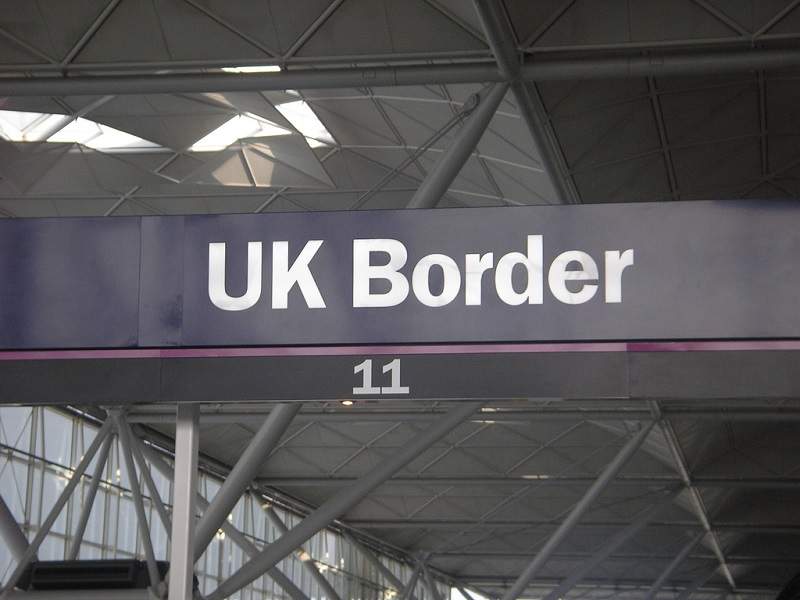
A survey by the Airport Operators Association (AOA) has revealed that the UK public wants the Border Force’s waiting time targets to be halved, although an increase in queues at British airports seems to suggest this is unlikely to happen.
The survey, which was carried out by the AOA and market research consultancy ComRes, showed that Britons expect UK and European Economic Area (EEA) travellers to wait no longer than 12 minutes at passport control, while 25 minutes is an acceptable time for non-EEA citizens. However, according to the AOA, such expectations are in sharp contrast to the targets set by the country’s Border Force: 25 minutes for EEA and UK passport holders and 45 minutes for those coming from outside the EEA.
The problem is further highlighted in an AOA report published on Tuesday, which brought to light Border Force’s struggle to meet its targets as a consequence of recent budget and staff cuts. Although the number of passengers flying to and from the UK has increased by almost a quarter between 2012/13 and 2016/17, Border Force’s budget has dropped by 8.5%, leading to an increase in waiting times during peak travel seasons.
According to the AOA, in July last year non-EEA nationals queued for more than 45 minutes at Heathrow Airport’s border on almost 2,000 occasions. The report also revealed that queuing times of over two hours have become a monthly occurrence at the London hub.
Figures from the study also showed that the longest queue at Gatwick Airport, which took place in September 2017, took 108 minutes to clear. The AOA added that such poor passenger experiences are often hidden by Border Force’s approach to measurement, which focuses on average queue times. Within this framework, queues during peak times are balanced out with quieter times, effectively making the average performance look better than it is in reality.
AOA chief executive Karen Dee said: “As we prepare to leave the EU, getting the message out there that the UK is open for business is vital. The welcome we give to the world at the UK border is a crucial part of that. The UK is currently not getting this right: visitors and returning UK residents regularly face long queues.
“Not only do these queues breach Border Force’s own waiting time targets, but it is clear those targets are no longer fit for purpose. Passengers believe that a queue time of only half the current maximum waiting time would be acceptable.”
Dee suggested that Border Force must invest in more resources if it aims to deliver an acceptable service and meet the UK Government’s Global Britain ambitions as a non-EU country post-Brexit. Such ambitions include the government’s plan to increase the UK’s international profile outside the EU by improving the quality of service at its national airports. She said: “Airports stand ready to play their part and have, for the last few years, been calling on the government to work with the industry to develop a joint long-term plan on how to meet growing passenger numbers and expectations. We hope that the government will take up that open invitation as part of its planned Aviation Strategy.”



